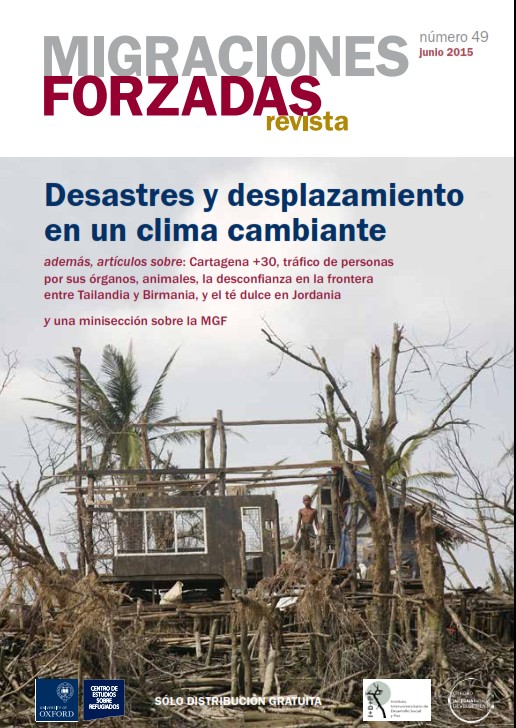The Nansen Initiative: building consensus on displacement in disaster contexts
The Nansen Initiative was initially launched by the Governments of Switzerland and Norway in October 2012, recognising that under existing international law there is no assurance that people forced by disasters to flee across international borders will be admitted and…
National Adaptation Plans and human mobility
When movement cannot be avoided, adaptation measures can help people to move voluntarily and with dignity long before a crisis situation occurs. National Adaptation Plans – established under the Cancun Adaptation Framework[1] – can play an important role in achieving…
Modelling displacement
Empirical models of climate change- and disaster-induced displacement and migration are used to predict how people would be likely to migrate in different scenarios. They have been around for decades[1] but the way such models are being used has evolved…
The state of the evidence
While some estimates of the number of people displaced by sudden-onset disasters exist, little is known about the patterns and cycles of displacement. Governmental tracking systems are inadequate, particularly for those who are displaced and do not go to official…
The necessity for an ethnographic approach in Peru
Most research into the links between climate change and migration does not sufficiently consider the perspectives of the affected societies. An ethnographic approach which takes into account the way that these societies represent climate change gives more rigour to the…



